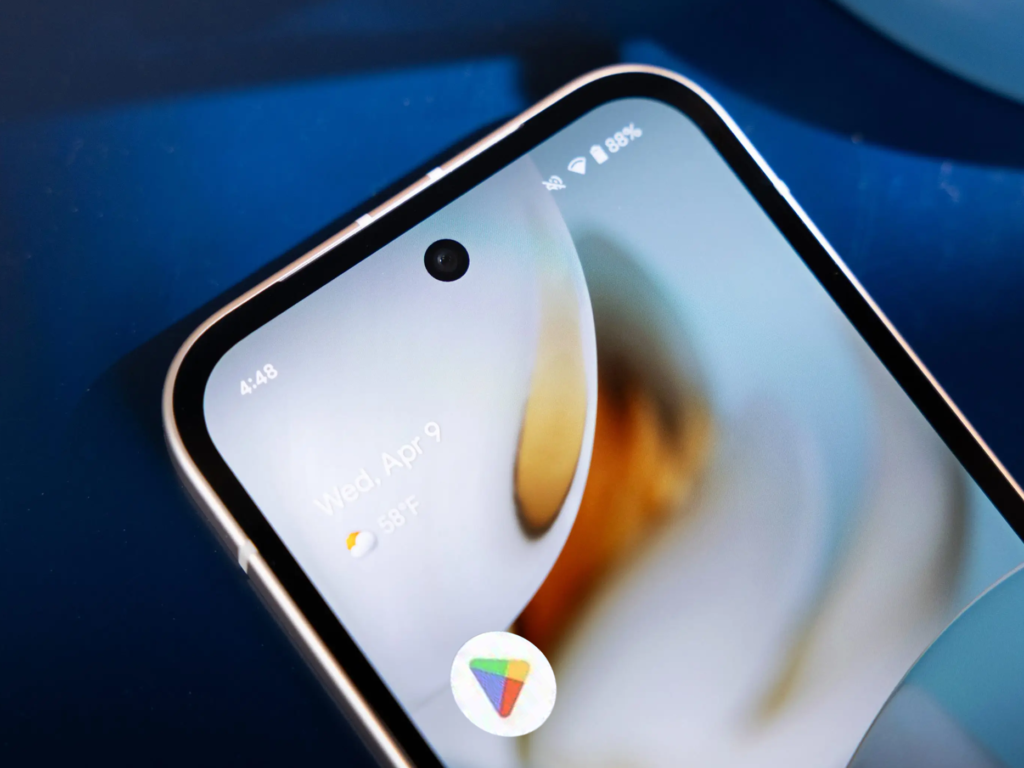Google’s plan to restrict sideloading on Android sparked backlash, but now it’s shifting gears. Here’s what’s changing, who still gets access, and why it matters for developers, power users, and everyday Android fans alike.
Android‘s open nature is a major reason many users prefer it. The platform allows extensive customization and the installation of apps outside the Play Store. However, in August of this year, Google announced that it would remove the ability to sideload unverified apps in an effort to enhance security for general users. The move, however, didn’t sit well with many developers and some users. Now, Google appears to be reversing course. The company says it will retain sideloading, but with a new protocol in place.
Advanced Users Could Get a Pass Under New Sideloading Rules
As announced in a blog post, Google has modified its original plan to eliminate sideloading for unverified apps. Instead, it will introduce a “new advanced flow that allows experienced users to accept the risks of installing software that isn’t verified.” This approach is designed for developers and power users, rather than typical Android users. However, Google has yet to share details on how the feature or the advanced flow will work.
One possible method could involve a version of Android Debug Bridge. This command-line tool allows users to control their Android device from a computer and install any app, including unverified ones. A more seamless version may be in development. What seems likely is that Google will include clear warnings to inform users of the risks associated with sideloading.
Sweeping Android Changes in the Name of Security
This new system prioritizes user safety by introducing roadblocks that prevent regular users from installing unknown apps. According to Google’s report, scammers and attackers often exploit sideloading to trick users into installing malware and spyware. While the change improves security, it has also disrupted workflows for developers and advanced users. The new flow is a welcome compromise.
It will be interesting to see how this protective feature unfolds once the new verification requirements are implemented.
Ich bin damit einverstanden, dass externer Inhalt geladen wird. Personenbezogene Daten werden womöglich an Drittplattformen übermittelt. Nähere Informationen enthält die Datenschutzerklärung.
Google plans to roll out the feature early next year, possibly in time for I/O 2026.
Alongside the new system, Google is encouraging developers who distribute apps outside the Play Store to enroll early in the new identity verification system via the Google Play Console. Once verified, their apps will be installable on Android devices even without going through the Play Store.
For students and hobbyists, Google says the verification process will be less stringent, making it easier for these groups to test their apps and services on select devices.
Do you think these new safeguards will improve user safety and device security? Share your thoughts with us.
We mark partner links with this symbol. If you click on one of these links or buttons–or make a purchase through them–we may receive a small commission from the retailer. This doesn’t affect the price you pay, but it helps us keep nextpit free for everyone. Thanks for your support!

